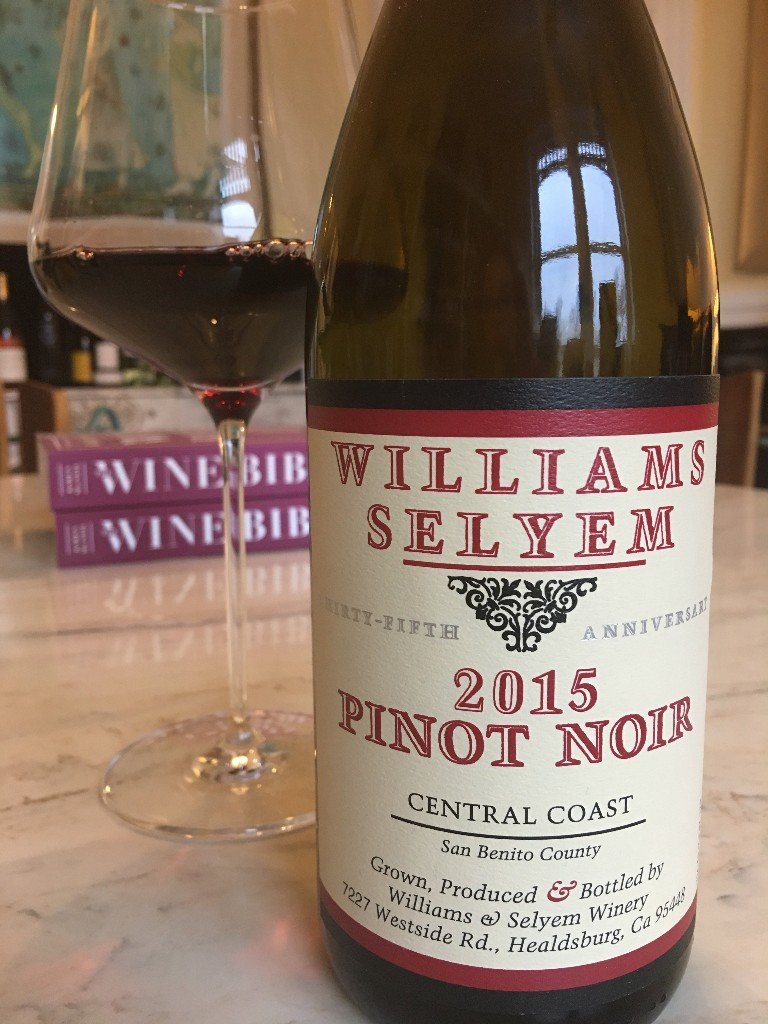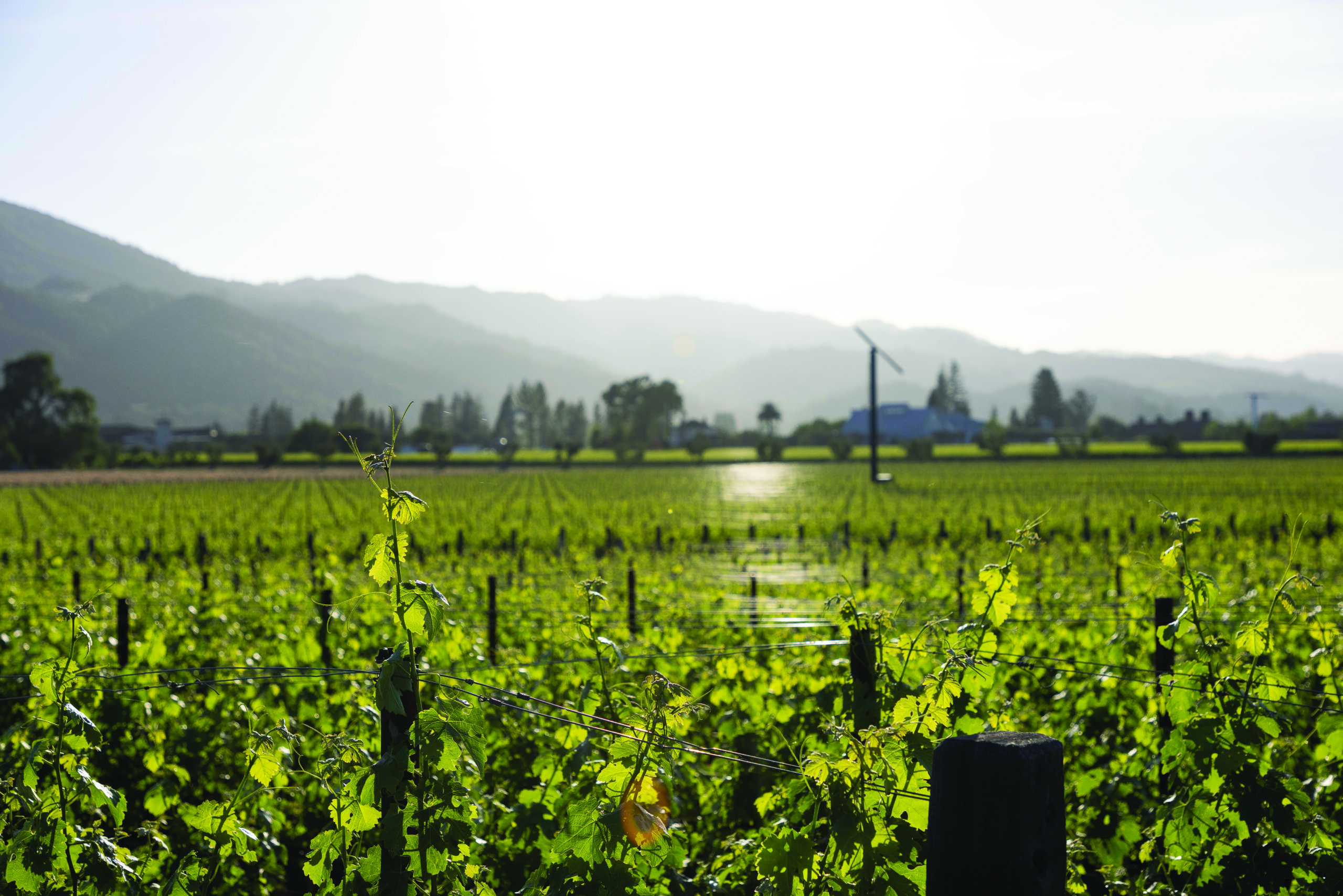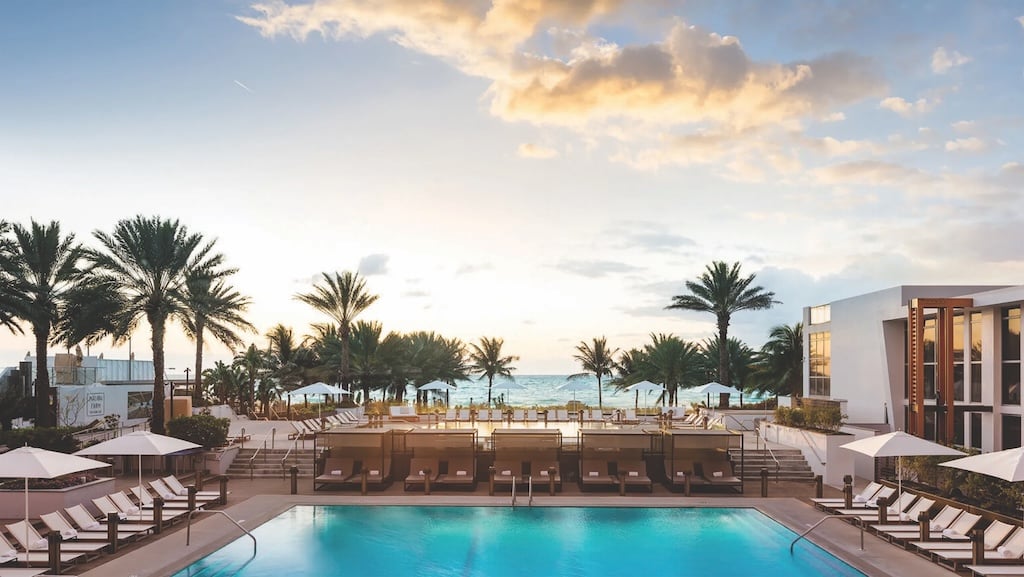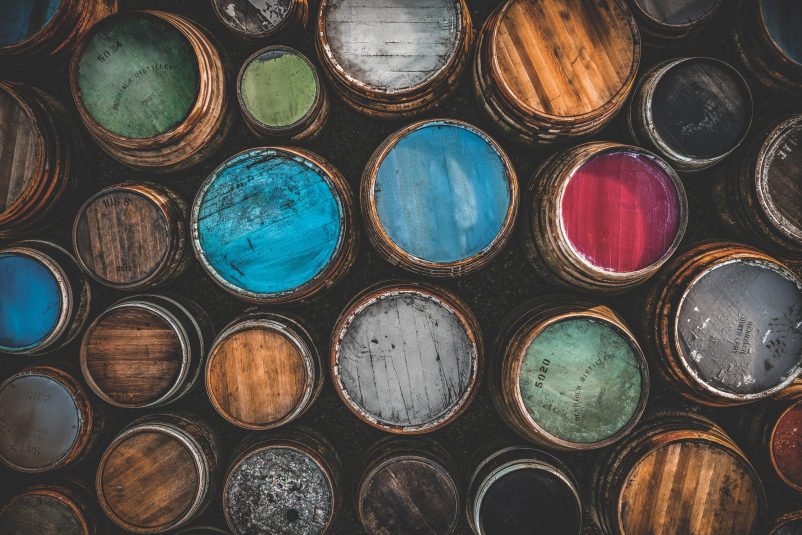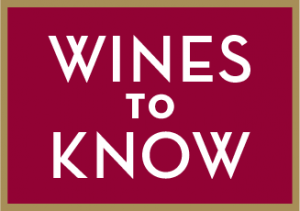
WILLIAMS SELYEM | Pinot Noir 2015
(Central Coast) $65
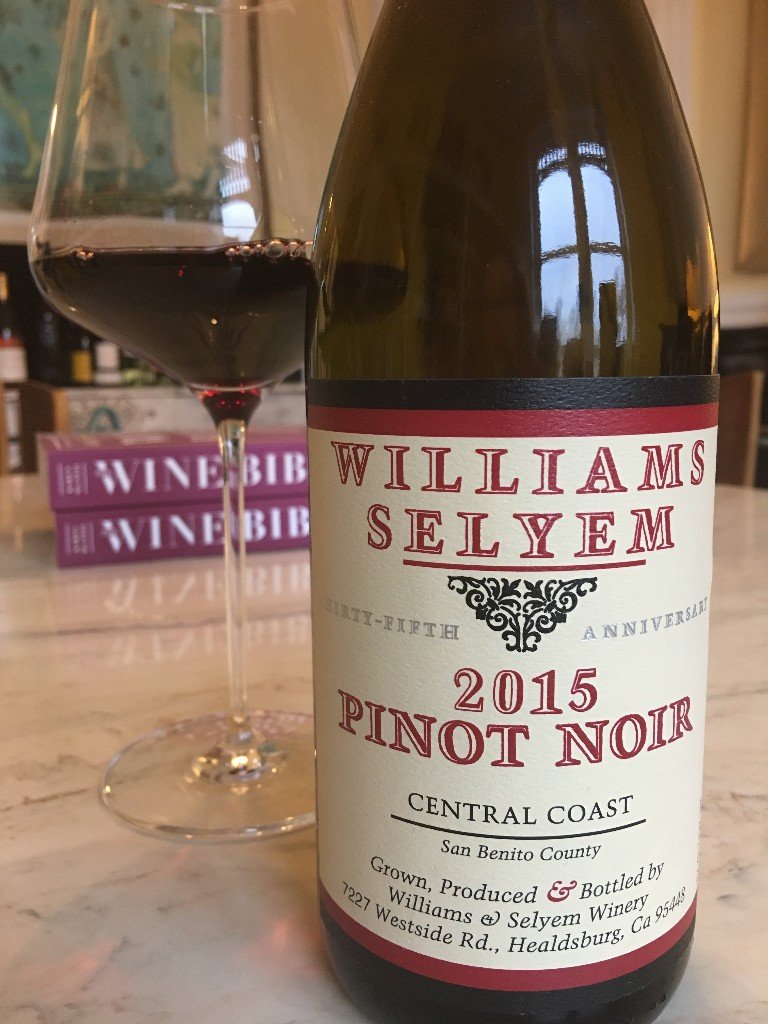 One of the things I love most about a great wine is contrapuntal tension—the idea that the wine embodies completely opposite characteristics within the same sensory second. It might be concentrated but light, fruity but spicy, powerful yet elegant, satiny yet crisp. It’s a head trip when a wine does that, which is why this Williams Selyem is so intriguing. It yin-yangs it’s way over your palate as if on a shopping spree, picking up descriptors as it goes. All you can do is hold on. This Central Coast pinot is theoretically the simplest of the numerous 2015 pinots Williams Selyem has made. I’m now dying to taste the rest. (13.2% abv)
One of the things I love most about a great wine is contrapuntal tension—the idea that the wine embodies completely opposite characteristics within the same sensory second. It might be concentrated but light, fruity but spicy, powerful yet elegant, satiny yet crisp. It’s a head trip when a wine does that, which is why this Williams Selyem is so intriguing. It yin-yangs it’s way over your palate as if on a shopping spree, picking up descriptors as it goes. All you can do is hold on. This Central Coast pinot is theoretically the simplest of the numerous 2015 pinots Williams Selyem has made. I’m now dying to taste the rest. (13.2% abv)
92 points KM
Available at K & L Wines

You just tasted a wine that possessed flavors reminiscent of fresh peaches and lime. It had a medium body, crisp acidity and a touch of minerality. It was most likely a:
A. Sancerre
B. Chateauneuf-du-Pape blanc
C. Chablis
D. Albariño
Scroll down for the answer!

Tertiary
If you drink only young wine, you might not have run across this word. Tertiary (TUR-she-air-ee) refers to aromas and flavors that come as a result of a wine’s long aging in the bottle—aromas and flavors like complex exotic spices, deep earthiness, old books, worn leather and so on. (Although admittedly these can sometimes show up in younger wines, too). In general, “primary” aromas and flavors are fruity characters that come from the grape—like blackberries, cassis or cherry flavors. “Secondary” aromas and flavors come from winemaking—the sweet, vanilla flavors that come from barrel fermentation, for example. And tertiary aromas and flavors (whatever they happen to be) come as a result of age.


“Dare to experiment, to ask questions and to embrace wine as a process of lifelong learning. Expect each bottle to be both a pleasure and a lesson (even when that lesson is: “Never, ever order Latvian Verktvine again”). Then you can stop fearing wine and get on with the business of loving it.”

Nope, It’s Not from Madagascar
From the vanilla flavor in our yogurt to the vanilla scent of the candles in our living rooms, most of the vanilla in our lives is not truly vanilla and it doesn’t come from pods grown in the tropics. Most “vanilla” is actually vanillin, a compound extracted from oak that tastes reminiscent of vanilla. (Oak contains a lot of vanillin). Wine drinkers, for example, know that chardonnay and many other wines often exhibit vanilla-like flavors. Needless to say, those wines haven’t come anywhere near vanilla beans; they have a vanilla-like flavor because they’re made and/or aged for long periods in vanillin-rich oak barrels.

“As always, I love WineSpeed. I read with interest that the new alcohol limit has been raised by 2 percent. (WineSpeed January 11, 2018). While great for reducing taxes, any chance it might also “encourage” wineries to create even riper wine? Could 15.9% abv become the new norm (and with the 2 point allowable margin, in reality 18% abv wines)?”

—Bruce N. Naples, FL
Hi Bruce, I too worry that it might inadvertently encourage higher alcohol wines. However, we won’t see any 18% alcohol-by-volume table wines (thankfully). Generally, when the alcohol in a solution reaches about 16%, yeasts die of alcohol poisoning. So no table wine is ever naturally much over 16% abv. The only wines that are over that are fortified.
Have a wine question for me? Great. I love questions, and I’ll do my best to get you the right answer. Send your question to[email protected]

Wonder Bread Didn’t Make It and Neither Did Napa Cab
For as long as I’ve been drinking wine, I’ve been slicing up baguettes to serve as palate cleansers alongside. (I’ve heard celery and roast beef proposed as superior for the job, but c’mon, celery? I’m sticking with good old baguettes).
The trustworthy loaves were in the news last week when French president Emmanuel Macron asked UNESCO, the UN cultural organization, to place them on the Intangible Cultural Heritage list, which seeks to protect cultural practices and entities considered world treasures, continue reading…

D. Albariño is the white grape of the denomination Rías Baixas (REE-as BUY-shez) on the Atlantic coast of Galicia in far northwestern Spain. The region, with its beautiful green vegetation, looks more like Ireland than Spain. The region’s vineyards form an arc around the deep sea inlets (rías) that pierce the coast. Needless to say, this is a place famous for its seafood. And albariño is a perfect partner.
SaveSave

